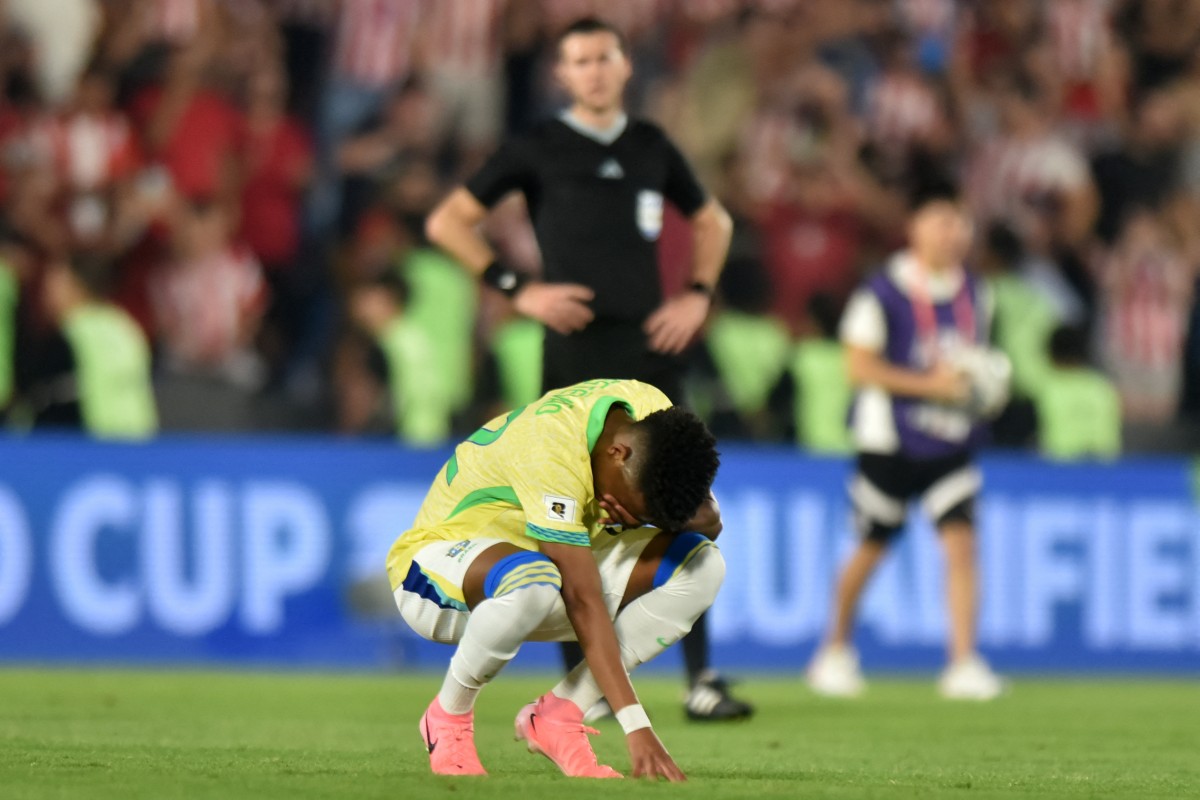Football’s governing body, FIFA, partnered with the World Health Organization (WHO) to launch a campaign aimed at educating the soccer industry about the dangers of concussion injuries. WHO director-general Tedros Adhanom Ghebreyesus highlighted the importance of raising awareness and taking action on this public health issue, emphasizing that symptoms of a head injury can sometimes take up to 72 hours to appear.
The initiative comes ten years after the alarming case of Germany player Christoph Kramer in the 2014 World Cup final, where he continued to play for 14 minutes despite being clearly distressed after a head injury. Similarly, at the 2022 World Cup, Iran goalkeeper Ali Beiranvand was treated on the field for a head injury before continuing to play against England. These incidents underscore the need for better protocols and education around head injuries in football.
FIFA is now sending a toolkit to its 211 national federations to help teach players, coaches, and medical staff at all levels of the sport about the importance of recognizing and managing concussions. The campaign, named “Suspect and Protect,” emphasizes that no match is worth the risk of allowing a player to continue playing with a suspected head injury.
In response to the growing concern over head injuries, FIFA has expressed support for allowing teams to make an extra substitution specifically for removing a player with a suspected concussion. This allows medical staff to thoroughly evaluate injuries without the pressure of trying to rush players back into the game. FIFA’s medical advice emphasizes that symptoms of a concussion can evolve and change over time, requiring careful monitoring in the days and weeks following the initial injury.
Despite calls for temporary substitutions that would allow injured players to be assessed for a few minutes before potentially returning to the game, FIFA has consistently blocked such proposals at the rules-making panel, IFAB. The focus remains on ensuring player safety and preventing long-term complications from head injuries sustained on the field, with the new campaign encouraging a proactive approach to identifying and protecting athletes at all levels of the game.
Ultimately, the collaboration between FIFA and WHO aims to shift the culture around head injuries in football, prioritizing the well-being of players over the outcome of a match. By raising awareness, providing education, and implementing improved protocols, the organizations hope to reduce the incidence of concussion injuries and promote a safer and more responsible approach to managing head trauma in the sport.











